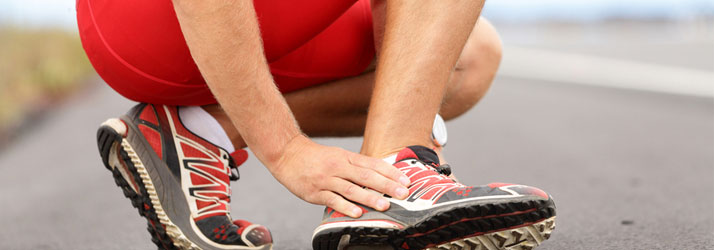Sprains & Strains in Plano

A sprain is the overstretching of a ligament, which connects one bone to another. They present with pain, bruising, swelling, and limited ability to move the joint. A strain is the overstretching of a muscle or tendon. These can present with muscle spasms, muscle weakness, swelling, pain, cramping, inflammation, and limited ROM. Ex: you sprain your ankle (the ligaments that hold the joint together) but you strain your hamstring (the muscle). Contact our Plano chiropractors to learn more and schedule an appointment to see how they can help you get back to living a pain-free life.
The following injuries are the most common sprain/strain conditions that we treat at our Plano Clinic:
ANKLE SPRAINS
HAMSTRING STRAIN/PULL
ROTATOR CUFF STRAINS
WHIPLASH
KNEE SPRAINS
OFFICE HOURS
Monday
8:00am - 5:00pm
Tuesday
8:00am - 5:00pm
Wednesday
8:00am - 5:00pm
Thursday
8:00am - 5:00pm
Friday
8:00am - 2:30pm
Saturday & Sunday
Closed
The Tx Room
2845 Parkwood Blvd #200
Plano, TX 75093
TEXT OR CALL: (972) 781-2800
FAX: (469) 209-0313
frontdesk@thetxroom.com



